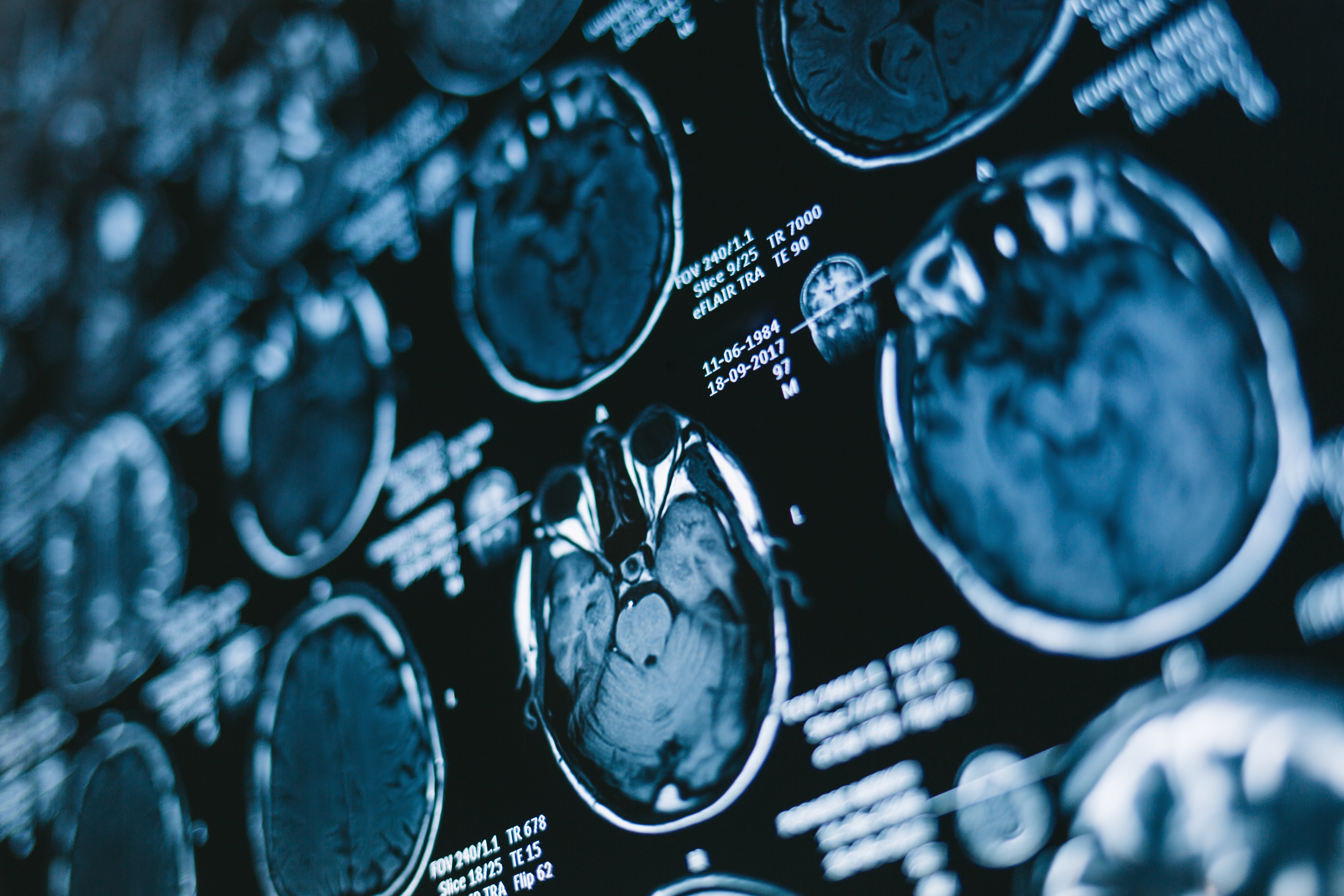
FAQ
On this page you will find an overview of the examinations by location and answers to some frequently asked questions.
Maria Middelares General Hospital | St Vincent General Hospital in Deinze | Medical centre in Ghent-Bruges | Aalter Medical Centre | |
| X-RAY | x | x | x | x |
| Ultrasound | x | x | x | |
| Mammography | x | x | x | |
| CT scan | x | x | x | |
| NMR | x | x | ||
| Cone Beam CT | x | x | ||
| Bone densitometry | x | x | x | |
| Interventional Radiology | x | |||
| Spect-CT (nuclear medicine) | x |
- Application form from your referring physician
- Identity card to sign in to the e-kiosk
X-rays are used in classical radiology (e.g. photographic images of a wrist or other part of the body), in examinations of the gastrointestinal system (e.g. X-ray of the oesophagus, X-rays of the colon), the urinary system, for tests of the blood vessels and for CT scans.
We do not use X-rays for the following examinations:
- Ultrasound: the image is made using ultratone sound waves.
- MRI: the image is made using a magnet and radio waves.
Examinations using sound waves (ultrasound imaging) or magnetic fields (MRI) are not harmful to the body. Examinations using X-rays (X-rays) may be, but at the same time, this examination method is indispensable for early detection of benign and malignant lesions and fractures. That is why we are extremely careful. We work with high-tech devices and specialised staff. This allows us to always perform high-quality examinations with the lowest possible radiation dose.
Always mention (suspected) pregnancy when you make the appointment or before starting the examination to the secretariat, nurse or radiologist on duty.
- Ultrasound imaging: can continue at any time during pregnancy
- MRI:
- pregnancy <3 months: prohibited by law unless medically urgent / life-threatening situation for the mother (in case of doubt about possible pregnancy, HCG level is determined first)
- pregnancy >3 months: postpone if possible and by mutual agreement
- Bone densitometry, CT scan, Pet/CT scan, mammography and radiography: as long as the medical benefit outweighs the small risk due to radiation, X-ray tests in (potentially) pregnant patients are possible. This is a considered decision of the requesting physician and radiologist. Determinants:
- the body region to be examined
- non-urgent examinations can be postponed if necessary or performed with an alternative (without X-rays) technique
- urgent X-ray examinations: with our modern equipment and proper technique, these can be carried out safely
What is the impact of X-rays on the pregnancy?
X-rays are ionising rays. The can disrupt the development of organs of the embryo starting on day one of fertilisation. The impact depends on the type of test, the dosing of the X-rays, the stage of pregnancy and the region being tested.
What if you are pregnant and need to have a test done for medical reasons?
If you are pregnant, a test will only be performed if it is truly necessary for the diagnosis of a medical condition or for a patient's treatment. If the test is quite urgent, it will be performed with the utmost precautions: in this case, you will need to wear a lead apron over the area that will not be examined. The dose will also be reduced to the absolute minimum required.
if possible, the X-ray test will be replaced by another test. For safety reasons, no MRI tests will be performed on pregnant women who are less than 12 weeks pregnant, although the harmful effects from the MRI on the early-developing foetus cannot be strictly proven.
You can find more information on the website for the Federal Agency for Nuclear Control.
The result of your examination will be forwarded to the requesting physician. As a patient, you can view the result via POW (Pacs on Web) or COZO (Collaborative Care Platform).
- POW: You can access the survey results and images from the survey. For this, you will need your date of birth and the reference number of your examination. You should ask for the reference number from the Medical Imaging Department. To do so, call the Radiology Secretariat.
- COZO: The survey results and images are also available through COZO. You do not need an additional reference number for this. You only need to log in to your personal file.
The physicians on the Radiology Department are not covered by agreement with a health insurance fund. This means that a statutory supplement can be charged for a radiological examination, as stipulated in the Coordinated Act on Compulsory Insurance for Medical Care and Benefits of 14 July 1994. The supplement is not reimbursed by the NIHDI and is therefore borne by the patient.
The following supplements are used:
- X-ray, mammography: maximum €15.00
- Ultrasound imaging: up to €15.00
- CT: €10.00 and €40.00, depending on the examination carried out
- MRI: between €35.00 and €45.00, depending on the examination performed
Before you can undergo a CT or MRI scan, you will have to sign an informed consent form.
Something wrong or unclear on this page? Report it.



